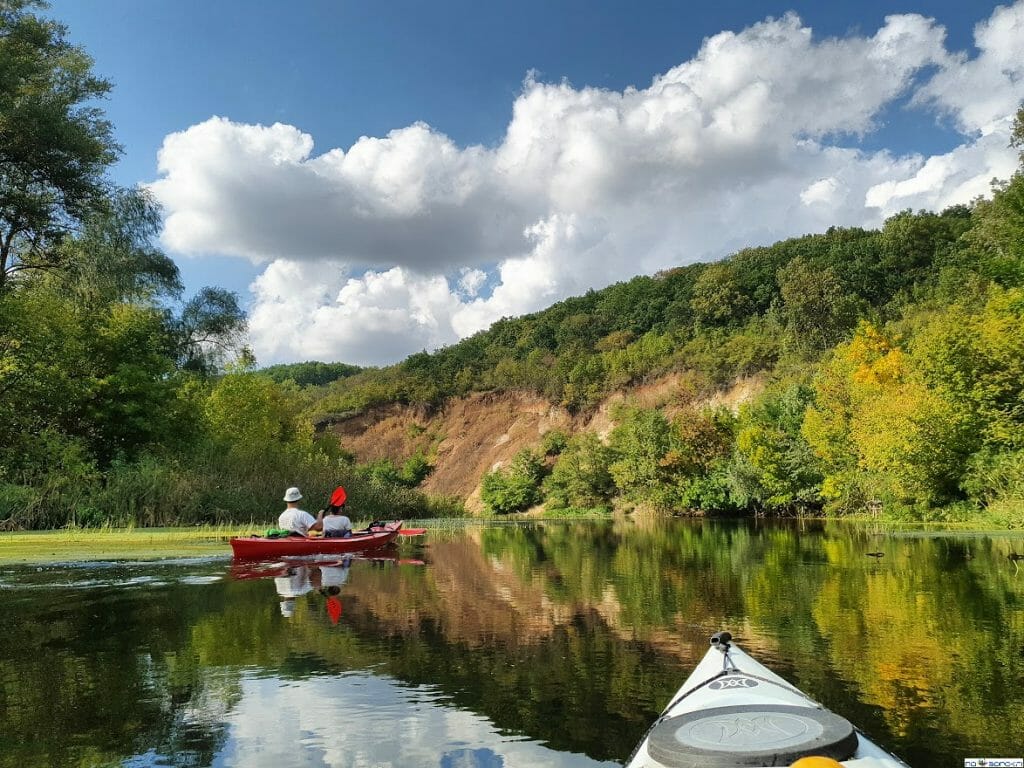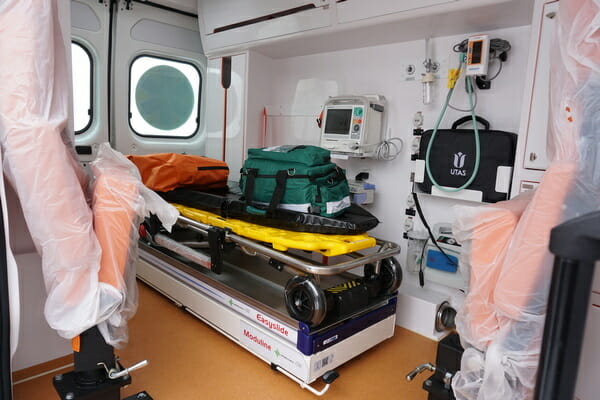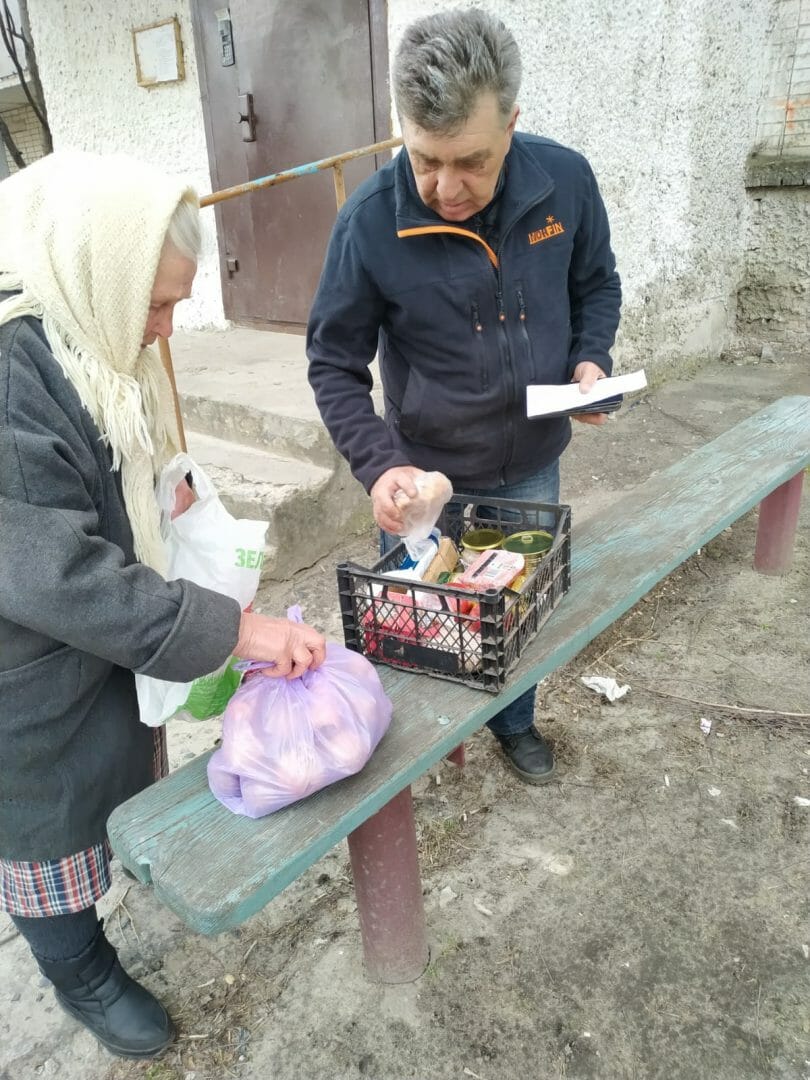This website uses cookies so that we can provide you with the best user experience possible. Cookie information is stored in your browser and performs functions such as recognising you when you return to our website and helping our team to understand which sections of the website you find most interesting and useful.
Okhtyrka

Population: 47,569 people
Men:/Women: 21,263/26,306
Children: 7,775
People of retirement age (60+): 11,470
Area: 8,232 hectares
The community includes 11 settlements: the town of Okhtyrka, which is the centre of the community, and 10 villages
History
The community is located in the Sumy Region, Slobozhanshchyna. The first settlements on the territory now occupied by Okhtyrka arose about 3,000 years ago. The area was inhabited by settled agricultural and pastoral tribes of Scythians.

There are 67 monuments and sites of cultural heritage in Okhtyrka, including over 10 churches and temples which were built in the 17th-early 20th centuries.

The town of Okhtyrka is the administrative, industrial, spiritual, cultural, and historical centre of the community. On March 24, 2022, the town was awarded the honorary title of the Hero Town of Ukraine by the Presidential Decree for the feat, mass heroism and persistence of its residents in defense during the repulsion of the armed aggression of the Russian Federation against Ukraine.
Okhtyrka is located on the left bank of the Vorskla River. The Okhtyrka and Husynka rivers also flow here.

The geographical feature of the town is its location in the centre of a so-called triangle of regional centres: Sumy, Kharkiv, and Poltava.
Economy and Welfare
The community’s economy is based on oil and gas industry enterprises, since the Okhtyrka Oil Industry District covers a large area on the territory of three regions with deposits of oil and blue fuel and ranks first in Ukraine in terms of its capacity. Currently, 50% of Ukrainian oil is produced here.

Light and food industries are also developed and represented by sewing factories, bread, meat and cheese production.
There are 2 hospitals and 2 dispensaries with a maternity ward on the territory of the community.

Young people in the Okhtyrka community study in 9 schools, as well as in 9 kindergartens. Various clubs and sports classes are also available for children.
Community and War
The battles for Okhtyrka started on February 24, 2022, with the beginning of the Russian invasion of Ukraine.
Russian occupying forces shelled the residential quarters and critical infrastructure of Okhtyrka with heavy artillery.
Hundreds of residential buildings were damaged and destroyed, and critical infrastructure facilities were demolished.

According to preliminary data, 30 civilians, including 1 seven-year-old child, died.

The community united to bring Ukraine’s victory in the war closer. Local educators, mothers with children, the retired wove nets, knitted socks and amulets for the military.

Everyone who cares helps. So that the process of weaving the nets was more fun, the volunteers worked to the accompaniment of live music by bandurist Andriy Mitsai: after arriving in his homeland, he played for them.

People of the Community
Pavlo Kuzmenko was elected mayor of Okhtyrka in the autumn of 2020. Previously, he worked as the head of traumatology at the Okhtyrka Central District Hospital.

Pavlov Kuzmenko’s medical experience proved useful during the war. In the daytime, he ensured the town’s performance in wartime conditions, and at night he operated on people in the basements. It happened that there was no light and doctors worked using generators, however, they tried to restore everything as promptly as possible.
Thus, the hospital did not stop its operations even for a day. Family medicine, dental care, and a psychiatric outpatient clinic are now fully operational.

In the first days of the full-scale war, the coordination headquarters evacuated tens of thousands of people – approximately 50% of the population left the town.
Thanks to well-established processes in the community, it was possible to avoid a humanitarian crisis. Even when the town council was bombed-out, they tried to formalize, systematize and control everything.
Since the beginning of hostilities, 27,000 portions of hot food have been distributed to the military and people in basements and bomb shelters.


Development Strategy
The community has developed and recorded several areas for strategic development: education, tourism, medicine, public welfare and security.
